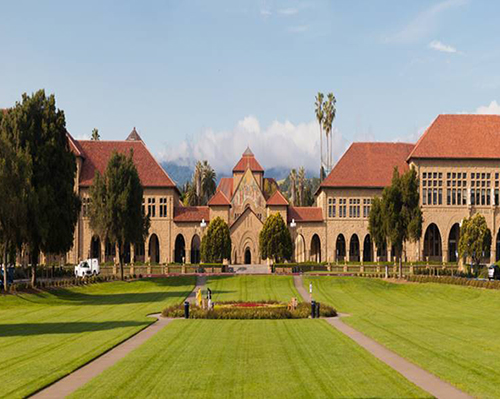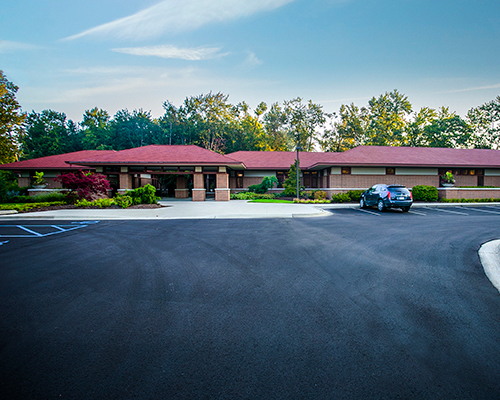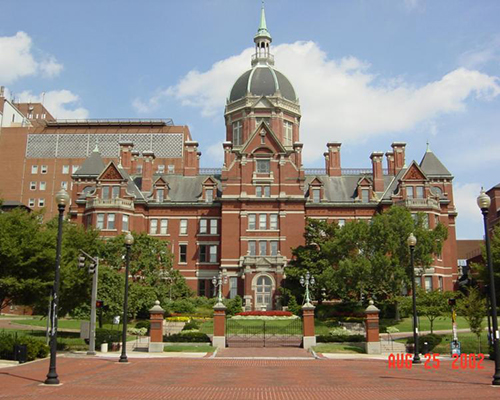USA
TOP UNIVERSITIES IN USA
Stanford University

The university was founded in 1885 by Leland and Jane Stanford in memory of their only child, Leland Stanford Jr.who had died of typhoid fever at age 15 the previous year. Stanford was a U.S. Senator and former Governor of California who made his fortune as a railroad tycoon. The school admitted its first students on October 1, 1891,as a coeducational and non-denominational institution.
Stanford University struggled financially after the death of Leland Stanford in 1893 and again after much of the campus was damaged by the 1906 San Francisco earthquake.Following World War II, Provost Frederick Terman supported faculty and graduates' entrepreneurialism to build self-sufficient local industry in what would later be known as Silicon Valley.The university is also one of the top fundraising institutions in the country, becoming the first school to raise more than a billion dollars in a year.The university is organized around three traditional schools consisting of 40 academic departments at the undergraduate and graduate level and four professional schools that focus on graduate programs in Law, Medicine, Education and Business. Stanford's undergraduate program is the most selective in the United States by acceptance rate.
read more
Download pdf
American Board of Emergency Medicine

In the early 1960s, the United States public began to demand improved quality of care in hospital emergency departments. In response, hospitals developed full-time emergency services. As a result, a number of physicians began developing the training and practice of EM. To support this growing physician group, new organizations formed, such as the ACEP and the University Association for Emergency Medical Services (UA/EMS), which is now the SAEM.
In the early 1970s, ACEP members developed the Committee on Board Establishment (COBE). The Committee began the arduous process of setting forth the standards for credentials and certification in EM.
In 1976, ABEM submitted an application to ABMS seeking primary board status. The AMA Council on Medical Education approved this recommendation, but the ABMS defeated it. At the suggestion of various ABMS members, representatives from other specialty boards held a lengthy series of discussions from which a recommendation emerged for a second application, this time seeking approval for a conjoint board (modified). The AMA Council on Medical Education and the ABMS approved this application.
read more
Download pdf
Harvard University

Harvard University is devoted to excellence in teaching, learning, and research, and to developing leaders in many disciplines who make a difference globally. The University, which is based in Cambridge and Boston, Massachusetts, has an enrollment of over 20,000 degree candidates, including undergraduate, graduate, and professional students. Harvard has more than 360,000 alumni around the world.
Harvard faculty are engaged with teaching and research to push the boundaries of human knowledge. For students who are excited to investigate the biggest issues of the 21st century, Harvard offers an unparalleled student experience and a generous financial aid program, with over $160 million awarded to more than 60% of our undergraduate students. The University has twelve degree-granting Schools in addition to the Radcliffe Institute for Advanced Study, offering a truly global education.read more
Download pdf
Johns Hopkins University

The Johns Hopkins University is a private research university in Baltimore, Maryland. Founded in 1876, the university was named for its first benefactor, the American entrepreneur, abolitionist, and philanthropist Johns Hopkins.His $7 million bequest (approximately $144.5 million in today's dollars)-of which half financed the establishment of Johns Hopkins Hospital—was the largest philanthropic gift in the history of the United States up to that time.Daniel Coit Gilman, who was inaugurated as the institution's first president on February 22, 1876,led the university to revolutionize higher education in the U.S. by integrating teaching and research. Adopting the concept of a graduate school from Germany's ancient Heidelberg University, Johns Hopkins University is considered the first research university in the United States.Over the course of several decades, the university has led all U.S. universities in annual research and development expenditures. In fiscal year 2016, Johns Hopkins spent nearly $2.5 billion on research.read moreDownload pdf
